
1. Operating Pressure
Operating pressure consists of osmotic pressure and the pressure drop of the net driving force. Osmotic pressure is related to the salt content and temperature of the feed water, but is independent of the reverse osmosis membrane. The net driving force is the pressure required for the membrane element to produce a sufficient amount of permeate. The operating pressure of a DTRO system is higher than that of conventional reverse osmosis; higher pressure favors the rejection of ammonia nitrogen. The influent pressure itself does not increase or decrease salt passage, but an increase in influent pressure raises the net driving pressure for reverse osmosis, thereby increasing the permeate flow rate, while salt passage remains unchanged. The increased permeate volume dilutes the passed salts, resulting in an increase in the apparent desalination rate. However, when the system's influent pressure exceeds a certain value, the high recovery rate will accelerate membrane fouling, intensify concentration polarization, causing salt passage to increase exponentially, which offsets the increased permeate volume. The desalination rate stops increasing, and frequent cleaning becomes necessary.
2. Concentration Polarization
Concentration polarization refers to the phenomenon where, as water passes through the membrane and salts are rejected, a boundary layer with very low flow velocity forms on the membrane surface. The salt concentration in this boundary layer is higher than that in the bulk feed solution, which hinders water transport and increases salt passage. The occurrence of concentration polarization increases the probability of insoluble salt formation on the membrane surface, damaging its denseness.
3. Membrane Fouling
The open flow channel design and turbulent flow regime of the DTRO system make it resistant to fouling. However, due to the extremely complex nature of pollutants in landfill leachate, after long-term operation, scale, organic matter, colloids, metal oxides, and bacteria inevitably accumulate on the concentrate side of the membrane, leading to membrane fouling. Membrane fouling impedes water permeation and increases salt passage. The inorganic foulants on the membrane surface are mainly compounds of S, Si, Ca, Fe, and Al, while the organic foulants are alkanes, chloroalkanes, and esters.
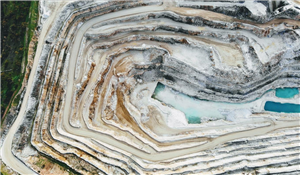
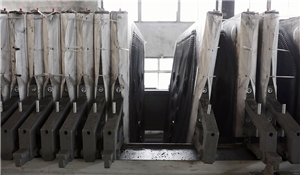

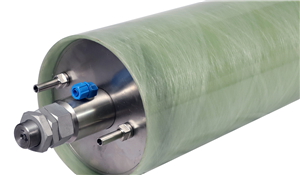



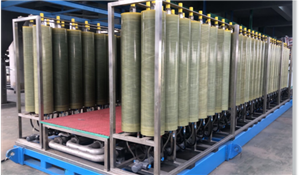
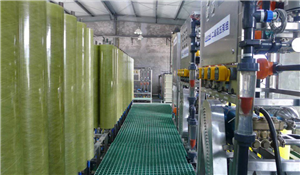
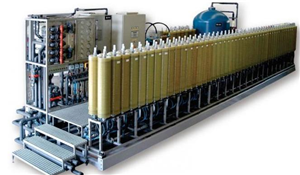


Henan Yuanhede Industrial Technology Co., Ltd.
East Industrial Park, Yuzhou City, Henan Province, China.
(+86)139 3822 7726
info@yhdegroup.com
www.yhdegroup.com